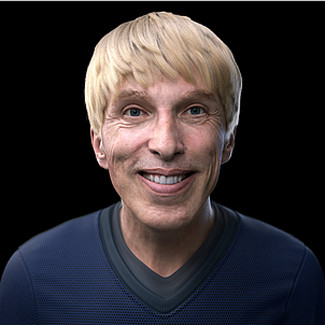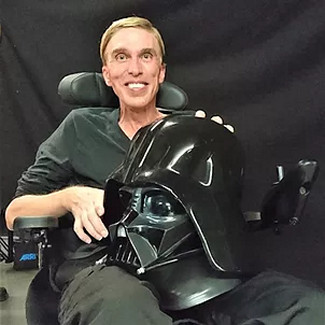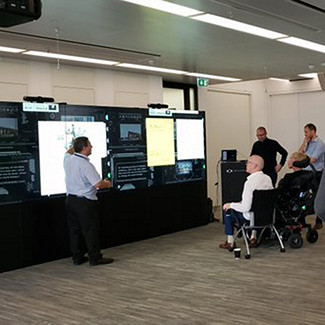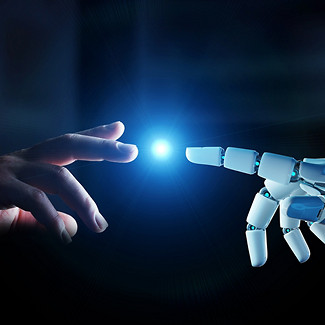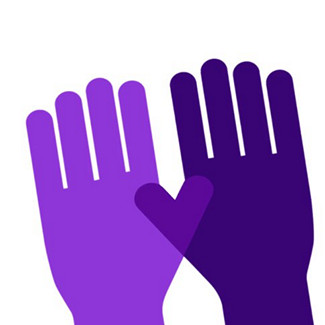DXC is committed to improving the environments in which we live and work and runs the mission critical systems at the intersection of people and technology. Against this backdrop, DXC has joined The Scott-Morgan Foundation and is leading the technology roadmap and integration. Its role is to bring all the unique pieces of hardware, software, and AI into an integrated working solution designed to aid communication and mobility. The vision is to not only collaborate with Peter, but to create an open and scalable set of technologies that could one day help others around the world overcome life-challenging conditions.
For example, DXC’s engineers are working alongside experts from Lenovo, Intel and CereProc to create a digital avatar that Peter plans to use on video calls and in public speeches to help him communicate. Eye-controlled and using a synthesized version of his voice, the avatar has become vital for Peter after he lost his own biological voice due to a surgical procedure he had to undergo to keep him breathing.
In a similar way to how text prediction systems work, the next iteration of Peter’s digital avatar will include a response prediction system, which learns from his previous interactions to offer him a selection of proposed responses. Peter will be able to select the most appropriate response and tweak it according to his situation, significantly improving his verbal spontaneity.
In the field of mobility, DXC is helping to integrate Scott-Morgan’s AI to control his specialized robotic wheelchair. Scott-Morgan’s CHARLIE (Cyborg Harness And Robotic Life-Improving Exoskeleton) “is a sophisticated wheelchair that can stand upright, lie flat and rise,” tweeted Peter.

